King tides over 7 feet are coming to the Bay Area Jan. 21-22, 2023—and lucky for us, they’re happening at a reasonable time to go out and see them. Here’s a short cosmic backgrounder on why king tides happen.
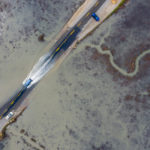
Sign up for our free weekly newsletter and understand everything better!

King tides over 7 feet are coming to the Bay Area Jan. 21-22, 2023—and lucky for us, they’re happening at a reasonable time to go out and see them. Here’s a short cosmic backgrounder on why king tides happen.
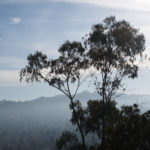
Eucalyptus trees on Albany Hill are wasting away from blight. Some people may cheer—but these trees are also home to endangered monarchs.
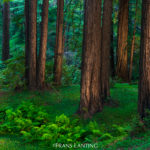
With Bay of Life, Frans Lanting and Christine Eckstrom wanted to go past Monterey Bay’s natural beauty to explore its past, present and possible futures.
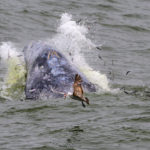
Anchovies sparkled and seawater sprayed from the crusty maws of gray whales as they burst through the surface, again and again, off the coast near Pacifica, fifteen miles south of San Francisco. Groups of up to six gray whales devoured … Read more
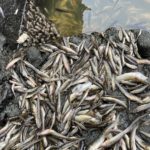
Heterosigma akashiwo can photosynthesize like a plant and wiggle like an animal, and it’s here to stay — but it’s still something of an enigma.

This year’s Snapshot Cal Coast featured 4,083 people logging 46,683 observations of almost 4,000 species into the iNaturalist app from June 13 to July 4.
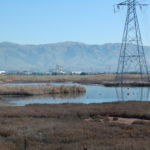
As the California Supreme Court wrote, “CEQA does not require an agency to consider the impact of existing conditions on future project users.”
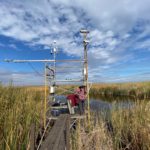
Wetlands breathe in carbon dioxide, but can breathe out methane.

In 2020, less than 2,000 monarchs were counted at overwintering sites in California. Scientists weren’t sure if they’d come back. This year’s count shows that they did, and in a big way.
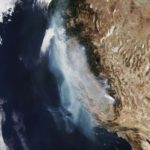
Wildfires have become larger, more frequent, more severe, and more destructive to human life and property in many ecosystems in California in recent decades. If you’ve lived in California for a while, it might feel like this has suddenly become … Read more